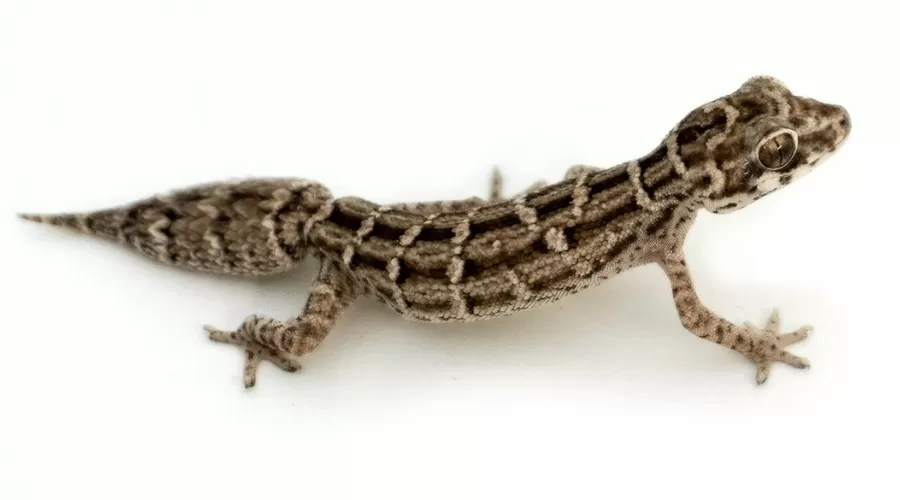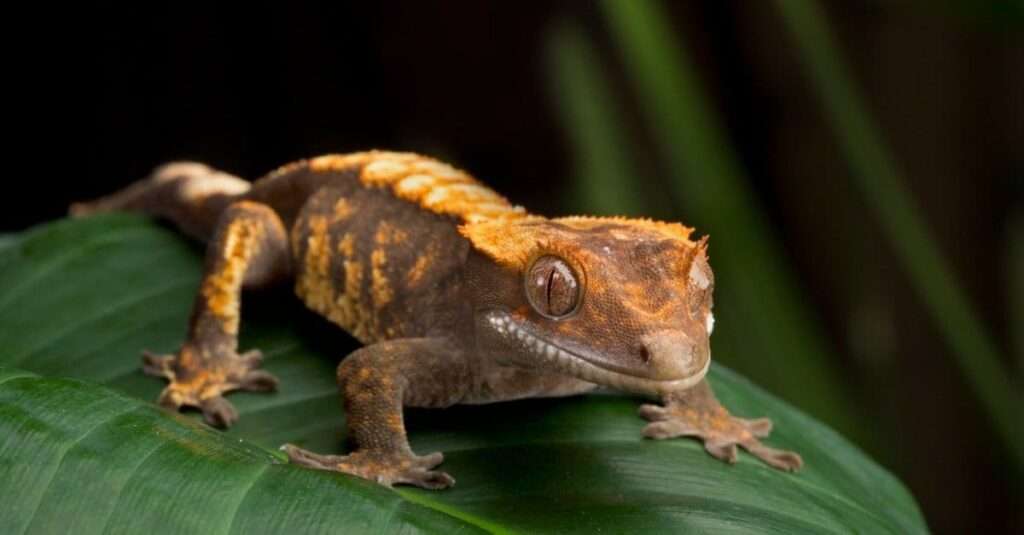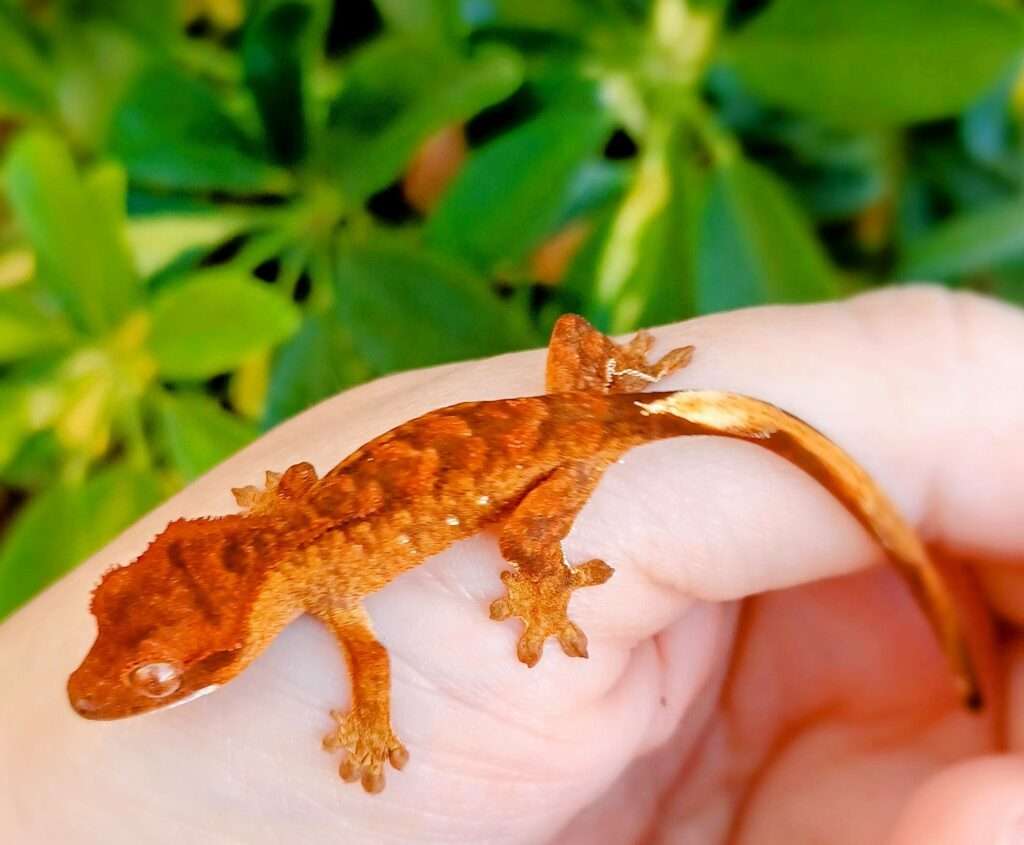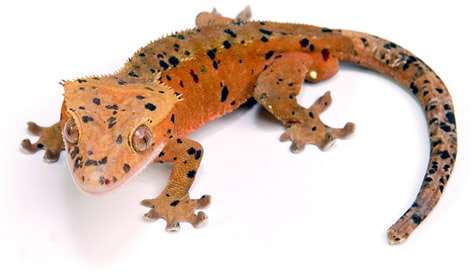
Description:
Scientific name: Teratolepis fasciata
Life span: Around 10 years
A little species of sociable lizard is called a viper gecko. They gladly dwell in all-male or all-female groups and consume a variety of insects as their main source of food. Teratolepis fasciata was the initial taxonomy name for viper geckos.
The intriguingly large, flat tail of the viper gecko has earned it a lot of nicknames. The purpose of the tail is to store fat for times of famine. From the nose to the tail tip, adult viper geckos have a striking cream, light brown, and dark brown pattern laid out in horizontal stripes. Cream dots that look like crosshatches separate these stripes into distinct sections.
Native Region/Habitat
In a tiny area of South-Eastern Pakistan, viper geckos can be found. They conceal themselves among and beneath rocks during the day, waiting for nighttime security before going in quest of food.

Behavior:
Because these little geckos will drop their tails if they feel threatened, handling should be kept to a minimum. Males and females that live in a communal community can coexist peacefully. Although these geckos are most active at night and entertaining to watch, you might also catch a glimpse of them lounging on rocks during the day.
The scary name of the viper gecko gives the impression that these geckos are dangerous or at the very least hostile. Yet viper geckos are actually quite sociable and gregarious creatures.
Care As a pet/In captivity:
Enclosure: An enclosure measuring 8 by 8 by 8 inches is a nice size for one or two geckos. A 12x 12x 12 configuration, or roughly 10 gallons, should be the minimum size for bigger communal parties. The ideal vivariums are made of wood because they assist retain heat, while glass is an alternative.
For adult Viper geckos, sand makes the best substrate since it can retain some heat. Sand, clay, and soil are good choices because viper geckos prefer to dig..
Temperature: Viper geckos, which are native to arid, desert climates, require a temperature gradient to mimic their natural environment. Warm and chilly areas must be present in their enclosure. The gradient should be between 75 and 85 degrees Fahrenheit, and the temperature can safely drop to roughly 70 degrees Fahrenheit at night. Create a basking area with a heat lamp that is about 95 degrees. Use a temperature gun to check the temperature of the basking area and a thermometer for the rest of the enclosure.
Humidity: Although you will need to give a damp hide for shedding and breeding, the ambient humidity level should be between 40 and 50 percent. As a basis, peat moss or damp moss works well. This hide should have a humidity level of between 50% and 60%. 2-3 times per week, mist the enclosure at night. Ventilate the cage so that a few hours after misting, it becomes dry. In order to gauge the humidity, use a hygrometer.
Feeding: Since viper geckos are insectivores, the majority of their diet should be live creatures. While mealworms and waxworms can occasionally be enjoyed, crickets and locusts should be staples. Before feeding, live food should be stomach loaded and sized to fit between the geckos’ eyes.
Feed adults every two to three days. A calcium supplement should be added to about three meals per week, and multivitamins should be added to one meal per week. During breeding, calcium is especially crucial for females.
Table





